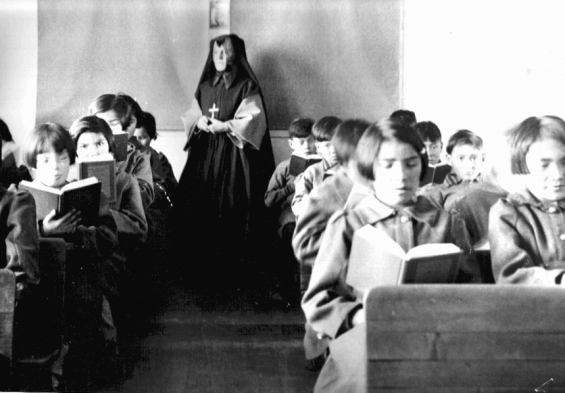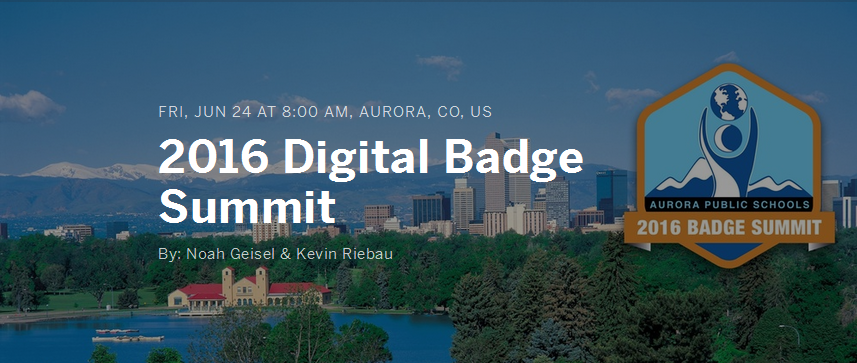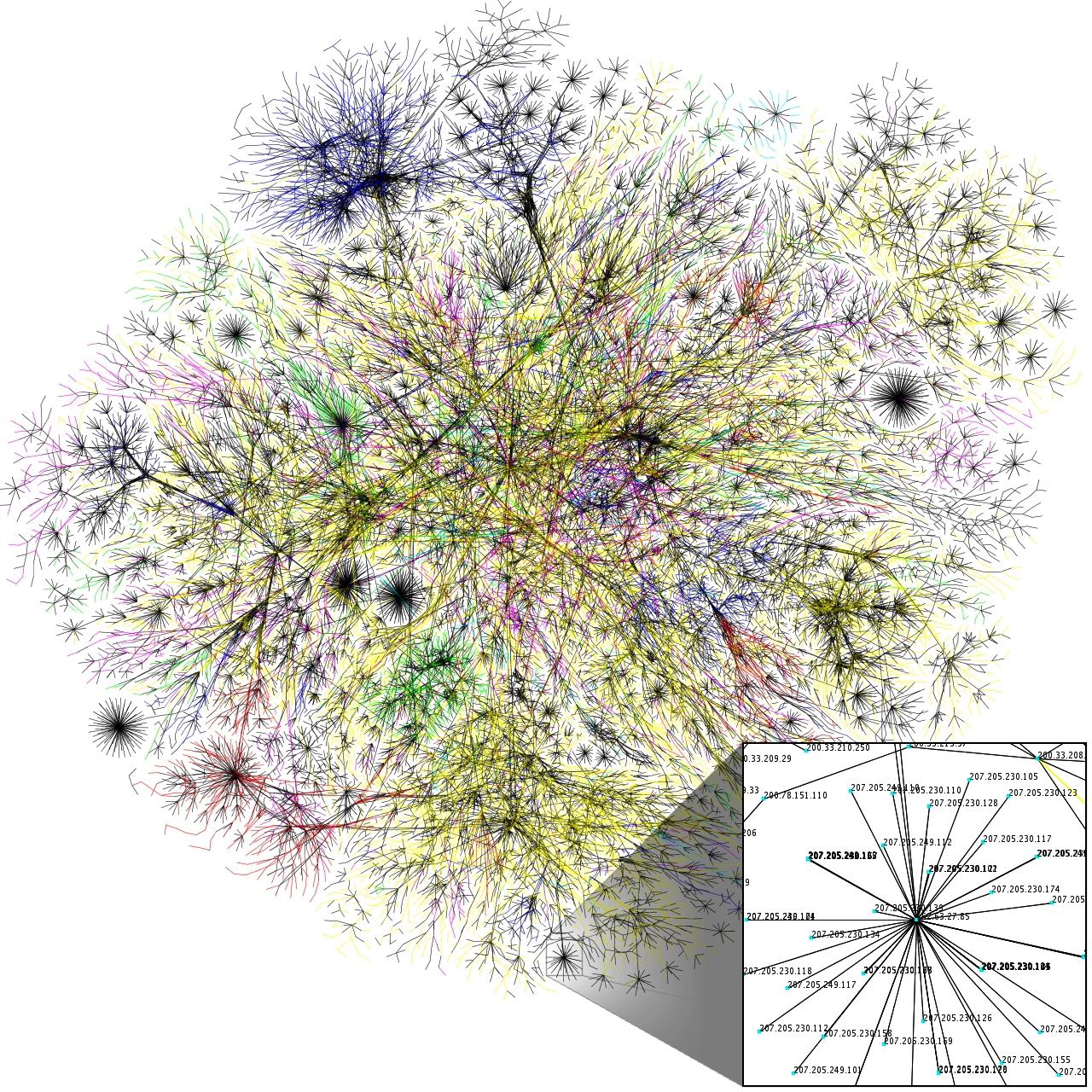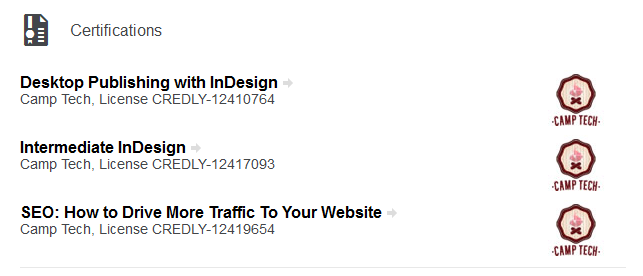I was an Immigration brat: my dad served for 20 years, much of it overseas. So I have a soft spot for this topic.

A long time ago, in a galaxy far far away…with my German Wookie friend
As an adult, I’ve also worked on immigration projects over the years at the community, provincial and federal level.
So naturally I speculate how Open Badges and ePortfolios can help immigrants and refugees gain traction in this country Canada, where we depend so much on immigration and where our new government has taken such dramatic steps to welcome refugees from Syria.
Why Open Badge eCredentials and ePortfolios? Well, for me they go together like pictures and galleries, medals and showcases, stamps and passports, evidence and arguments. Together, they support the mapping, emergence and recognition of learning.
I hope to be presenting a version of these ideas at a conference in May, so consider this as a draft.
The Transition Penalty for Newcomers
I’m borrowing this term from a 2004 Canadian Labor and Business Centre handbook, which found that it took more than ten years before the unemployment level for immigrants dropped below that of the Canadian-born population. Many remedial steps have been taken since, but many of the barriers persist.

Newcomers are at a disadvantage when they arrive in Canada:
- They may lack sufficient language skills
Needs in this area have increased with the increasing diversity of our newcomers. Language is often the most obvious deficit and there are many programs in place to improve language skills, increasingly starting overseas. - Their learning and professional qualifications are often not fully recognized
Immigrants with academic credentials and professional qualifications must have their documents examined and evaluated by third party services. Where there are gaps in documentation, it’s often difficult to resolve back in their home country.In many cases their qualifications are devalued compared to their home country and they must work to fill the gap. This is particularly true for regulated professions. - Their work experience is often not recognized
Canadian employers often have no knowledge of the organizations that the immigrants and refugees may have worked for. Guess whose problem that is? Canadian employers often specify 1-2 years Canadian work experience in their postings, which makes it hard to get started back in your field. Many are forced to take service jobs just to get Canadian experience (and make a living) and risk losing touch with their field of expertise. This is called “skills fossilization”. - They lack social capital
In a new country they lack the social connections that can often lead to good jobs. They must build these over again. If they find support in a community from their home country, that can have both positive and negative effects on their adaptation. - Their soft skills may not fit Canadian norms
I call it “meta-social skills” and it’s a big issue, related to language skills and the lack of social capital. The implicit language of interpersonal relations can vary a lot between countries. For example, most Canadians don’t jump to their feet when their boss walks into the room. Self-awareness is part of the learning. Many language programs are actually “language and culture” programs.

From the Prepare for Canada website
- It’s a long, difficult journey to full integration
It takes determination and often a bit of luck to succeed: get the language, get the first Canadian job, get the first job in your field, advance up the ladder to your previous level….
Many give up along the way, resigning themselves to preparing the way for the next generation, whose education can be completed here in Canada, with no transition penalty. Others transfer skills into alternative occupations related to their original field, and this can be a good strategy.
Regardless, it can be a long multi-year slog, and it’s sometimes difficult to feel that you’re making progress. In language training for example, progress through the lower skill levels can be steep, but it flattens in the mid-high skill levels, frustrating those who need that final 10-20% to get into their target occupation. They often feel stuck. - The journey needs a more personal approach with better mapping and recognition of progress
Migrants have individualized assets and gaps, but they are typically trained in cohorts. If tracking of learning occurs, it’s typically tracking of inputs not outcomes. There are sometimes hand-off gaps between service providers. Employers can be at a loss in evaluating the skills of immigrants and can reactively add unfair criteria that increase the barriers.
How Can Open Badge eCredentials and ePortfolios help?
Have a quick look at these examples which I’ll summarize below:
ePortfolios for Newcomers at ISSofBC
ISSofBC is a large immigrant serving agency in BC’s Lower Mainland.
This very short (1m40s) video does a good job of describing how ePortfolios enhance their Language Instruction for Newcomers (LINC) for Employment Program:
I helped ISSofBC set up this ePortfolio program with a Train the Trainer series of workshops that leveraged effective practices from projects around the world and showed them how to get the most out of Mahara ePortfolio.
This is an example of an immigrant ePortfolio, following ISSofBC’s method:

Employability ePortfolios for Immigrants: Arrival to Employment – Cannexus 2014
Open Badges for Migrant Professionals at Beuth University
This presentation from a Nordplus adult educators project webinar last November discusses approaches to improving the soft employability skills of professional migrants in Germany:
Open Badges for ESL/EAL Professionals
English Online is a nonprofit service English e-learning service based in Winnipeg. Since 2014, they’ve hosted an annual virtual conference for English teachers. They recognize different forms of participation with different Open Badges, each with its own distinct criteria and evidence:
In a similar way, TESOL Arabia’s Education Technology Special Interest Group (TAEDTECH sig) “aims to promote good practice in the use of technology in EFL instruction throughout the Arab Gulf Region.”

Reasons why ePortfolios and Open Badge eCredentials Can Help Newcomers
- ePortfolios and Open Badges Support Personal Learning Pathways
These pathways can be modular, flexible, diverse, portable and shareable. They can visualize goals and progress toward those goals, building confidence for newcomers and providing formative information for their advisors.
Learning from multiple sources can be aggregated and blended in skills passports & ePortfolios, with holistic curation and reflection. For example, I’m currently exploring with others how Kiron Open Higher Education’s innovative MOOC-to-University-Degree strategy for refugees can be enhanced with Recognition of Prior Learning for academic credit through ePortfolios and Open Badges.
eCredentials can support personalized learning, learning contracts and recognition of learning and performance achievements.
Recognizing progress and achievement with Open Badge eCredentials can dramatically increase learner retention, as IBM has found out to its delight:
(see details in my post: Open Badge eCredentials: Good Business for Higher Ed (Part 1)) . - ePortfolios and Open Badge eCredentials Provide Transparent Evidence of Skills and Abilities
Higher level, more summative “milestone” badges can validate language skills, technical skills or even soft skills and “work readiness”, if they’re backed by rigorous criteria and assessment from reputable issuers. Embedded evidence can add to authenticity. These can become skills currency for employers and academic institutions. - Newcomers are social media savvy
According to this 2009 study, newcomers have decent ICT skills and tend to be more engaged with social media than native-born Canadians. Even many refugees, which proved controversial last year, according to the CBC story below:
The CBC story is worth a read: examples of smartphone use by savvy refugees include relaying important survival information to others following behind, language learning and orientation to their new environment.
Once they arrive here, newcomers are also often trained in ICT applications (e.g. Office, AutoCAD) and how to use LinkedIn for networking. LinkedIn can be a great destination for your more impressive Open Badges, or you may want to consider an ePortfolio. An ePortfolio is a bit like LinkedIn, but with better storage, more flexible display, better alignment to specific criteria and gosh, your data still belongs to you, not LinkedIn. If you can make a LinkedIn profile, you can make an ePortfolio.
Reasons why ePortfolios and Open Badge eCredentials Can Help Other Stakeholders
- Enhanced Online Profile Using Social Media
IBM reports significant social media benefit with thousands of IBM-branded eCredentials making their way onto LinkedIn, Twitter, Facebook, blogs and company websites. OK, IBM is a global enterprise and its training has great cachet, but smaller software and leadership trainers are already seeing benefits also. I have examples from Canada, like this one:
Demonstration of Impact
Just as IBM can report their outcomes, so too can immigrant service providers better enumerate and communicate the impact of their services to their funders by counting badges issued, accepted, displayed, endorsed, etc. - Talent Pipelines, Candidate Assessment and Employee Development
We’re already starting to see this happen, not only with IBM, but with the Belgian public service, the US Manufacturing Institute and a multi-stakeholder regional initiative in Colorado. - Professional Development for Service Providers
In addition to the ESL examples above, I’ve previously blogged about the Scottish Social Services Council’s early steps with Open Badges to recognize the informal learning of its 200,000 care workers.Here in Canada, I’m exploring how we might adapt that model with a non-profit sector council which includes immigrant service providers.
Where to start?
- Professional Development for Service Providers
Just as I did in last week’s post on Aboriginal Education, I suggest starting with PD for EAL teachers and employment facilitators, because they are “force multipliers”, to quote VIF International.
If they have a good experience eCredentialing with Open Badges, then they will be evangelists with their learners and with employers.
There are already a number of PD initiatives across the country, and I think eCredentials could help visualize professional development journeys and make people more enthusiastic about their learning.
A good skills framework will provide useful hooks to hang eCredentials on. I like the look of these – (thanks to Natalia Aleko for sharing the first one):
- Employers
Employer awareness is still a limit to the growth of eCredentials, but I’d say it’s mostly due to lack of engagement on the part of most issuers. When employers are approached to participate in the process they can become quite enthusiastic, as the Manufacturing Institute and Colorado experiences show, as does this one from a Wisconsin College:
But you actually need to pick up the phone and reach out to them, to build their awareness and give them a chance to endorse the ideas and even some of the eCredentials themselves. It doesn’t take long – a breakfast meeting, maybe?
In the meantime, immigrant serving organizations are employers too, and that fits with the PD suggestion. As employers, what skills and behaviours do they want to encourage? The Scottish Social Services Council model can help here. - Newcomer Learners
As you work the channels above, It’s worthwhile to experiment with informal, low-risk forms of recognition with your learners, such as completion of a collections of tasks such as resume/cover preparation, employer research, language tasks, etc. This will give you a chance to test the idea with them and see what works and doesn’t work.
Final Word
I do hope to find some traction in this area over the coming months. I think it’s ripe, particularly on the PD side.
If anyone has ideas and wants to work with me, please let me know.

















































